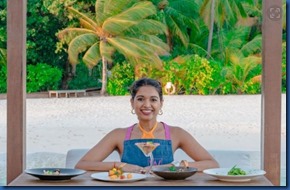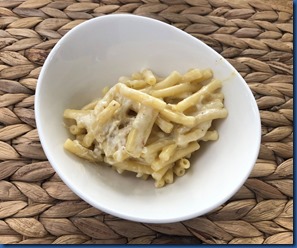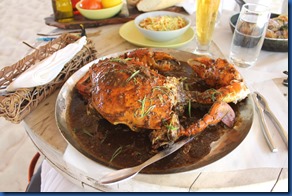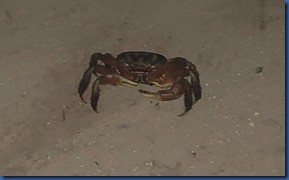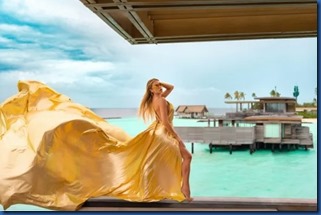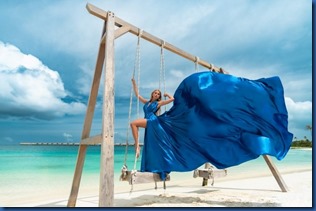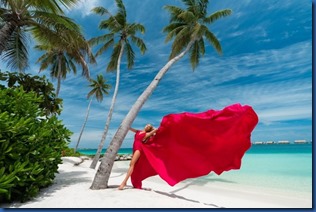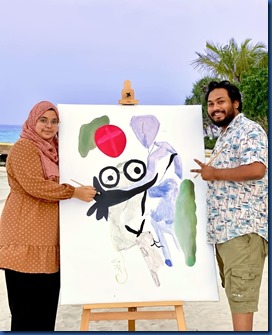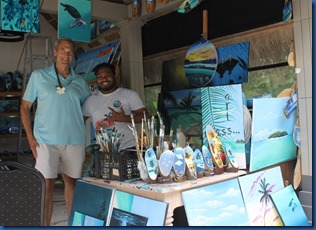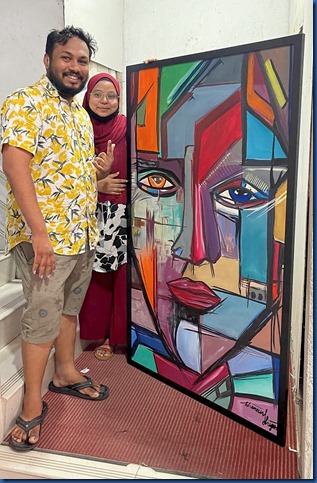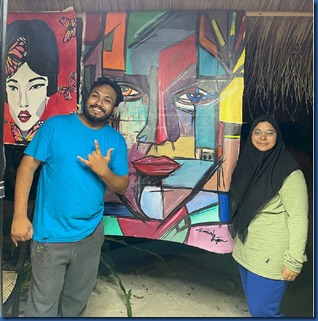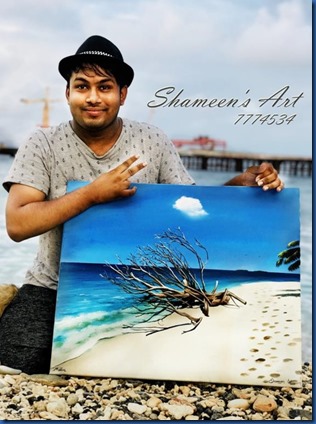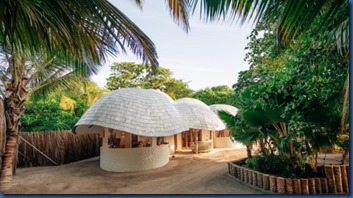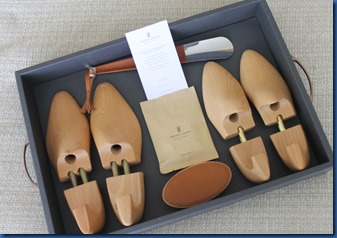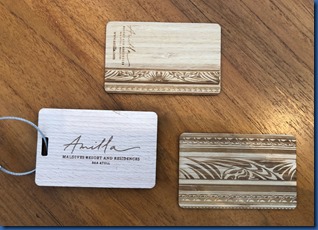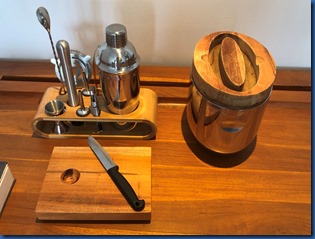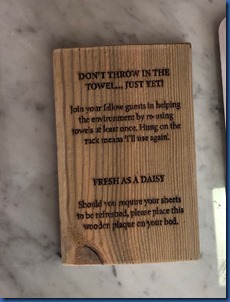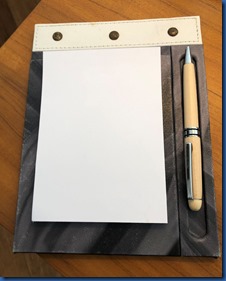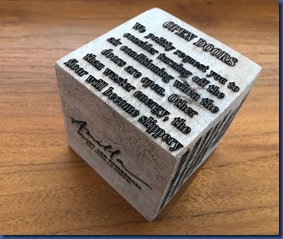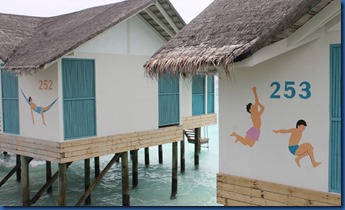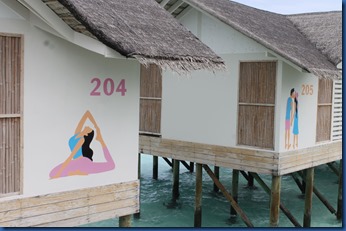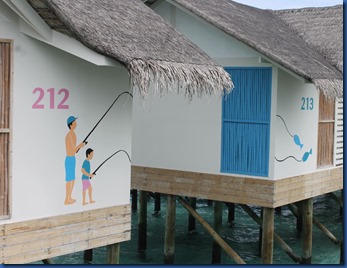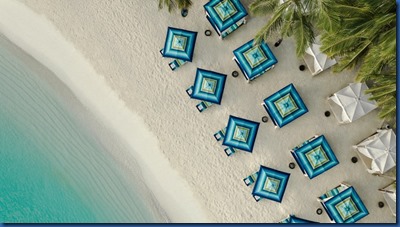With its cultural culinary connections to the Indian subcontinent, it has never been difficult to find plenty of great vegetarian food, but veganism is growing in popularity and the removal of dairy ingredients (milk, eggs) considerably narrows one food options further. At least for a period, vegans (and “vegan curious”) at W Maldives can sample cow/chicken-friendly fare
- “W Maldives has launched a vegan pop-up menu by celebrity Chef Priyanka Naik that will be available for its guests till October 2023. The initiative in collaboration with Chef Priyanka, a prominent champion of sustainable cooking, will boost the resort’s culinary offerings. The Go W-egan menu was introduced on the occasion of World Vegan Day, a day that invites global communities to embark on conscious gastronomical journeys.”

